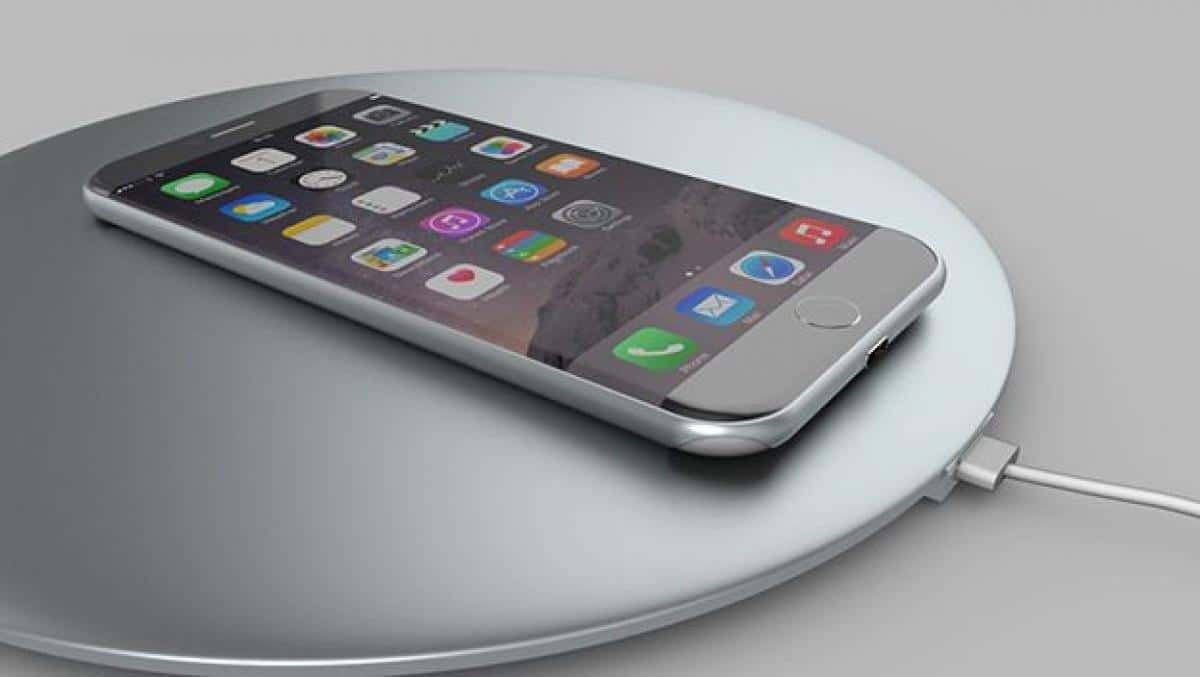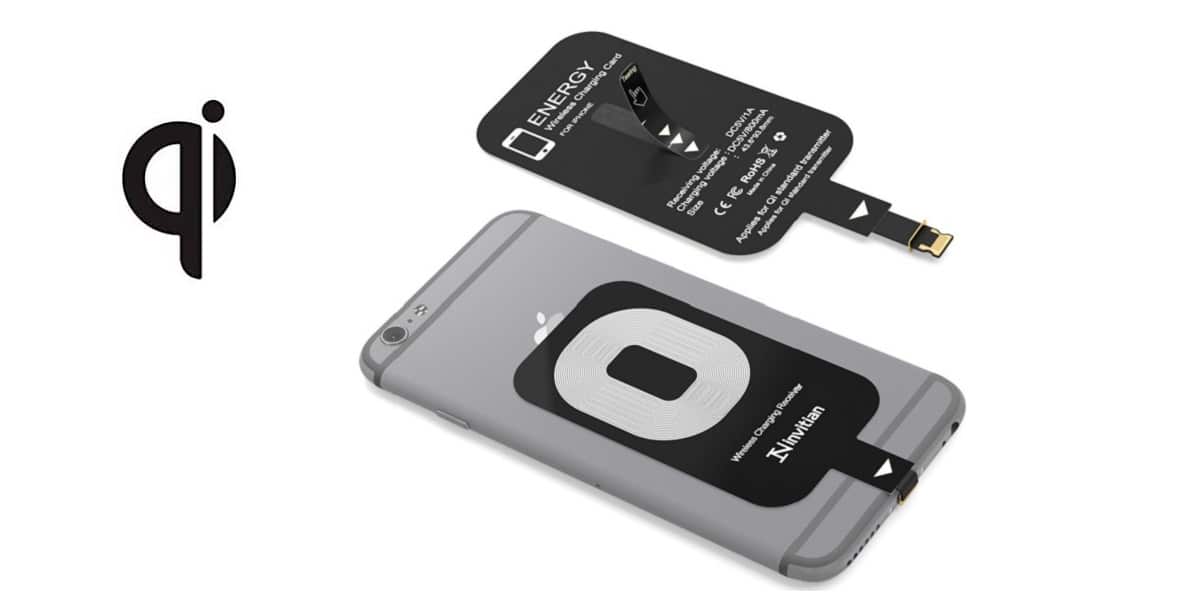
It took Apple a long time to integrate this standard into their mobile devices, but it has been a long time since iPhone wireless charging is a reality. A fast and above all very comfortable way to recharge your mobile. Induction recharging technology is undoubtedly a great advance that makes our day to day much easier. However, it is also useful to know what its effect on the battery is.
But before analyzing the pros and cons of wireless charging technology, and more specifically in the case of iPhones, we must first understand how it works.
What is wireless charging?
Wireless charging, also called induction charging or electromagnetic charging, broadly consists of generating an electromagnetic field and emitting energy, in order to be able to capture this energy at the other end. In the case of mobile phones, the electromagnetic field is generated by the charging support and on the other side is the receiving element, the smartphone.
Both in the charging base and in the mobile phone there are coils for the transmission of energy. By interacting with each other, a magnetic field is generated to induce alternating current that will recharge our mobile phone. In this way, the energy passes from the charger to the mobile phone without having to connect any cables. Something that is possible thanks to magnetism. It is the practical demonstration of the Faraday's Law.
The Qi standard

IPhone wireless charging
To enable wireless charging on our iPhone, we will have to look for some accessories. There are a wide variety of different options. The qi wireless receivers it is one of the best.
Qi is the world leader in wireless charging standards. This manufacturer, like Apple, is part of the Wireless Power Consortium. So choosing a Qi-compatible wireless receiver to add to our iPhone is the simplest and most effective way to equip our device with wireless charging.
These wireless chargers work through a Connector lightning (they work with any model from iPhone 5 onwards) with a thin flat cable connected to the wireless charging coil, which attaches to the back of the iPhone.
In any case, all the chargers that are currently marketed are universal and are suitable for all mobile devices and other accessories that integrate wireless charging, thanks to a great consensus between different companies. A great advantage for users.
Wireless charging iPhone: Advantages and disadvantages
The benefits of wireless charging are undeniable, although some are more apparent than others. This is a list of its advantages:
-
- No cables, like is logic. That means avoiding accidents and at the same time giving us the freedom to recharge wherever we have installed the platform: on the bedside table, on the desk or even in the car, as there are devices specially designed for this purpose.
- IPhone case compatibility. It is true that wireless charging requires a physical connection between the phone and the charger, but most wireless charging bases do the job even when there are plastic cases involved (as long as their thickness does not exceed 3 mm ). In this way, we can charge the iPhone without removing the case.
- Higher reload speed. Although there are many wireless chargers on the market capable of supplying up to a maximum of 15 W of current output, not all of them may be optimized to work with our device. That is one aspect to pay attention to. If we choose well, we will notice it immediately with charging speeds much higher than those offered by the classic cable charger.
Despite all of the above, there are some fairly common problems in wireless charging transmission between devices:
- How to Live Aligned with the coils must be perfectly aligned to proceed with loading, when there is the slightest displacement of any of them, the load may not be executed successfully.
- On the other hand, a logic takes place during the process heat release. If the control circuit between the charging pad and the iPhone is correct, there is no error, but if any imbalance occurs there is a risk of overheating.
It is precisely this second point that raises the greatest concerns among iPhone users. Excessive heating and its impact on the phone battery. We will talk about that below:
Is wireless charging bad for the battery?

Wireless iPhone charging: what effect it has on the battery
The main problem that has been registered with this type of load is that of the rapid battery degradation. In any case, and to reassure iPhone users, it is fair to say that this circumstance was very common in the first charger models, although it has been solved little by little in these years.
From a strictly physical point of view, the wireless charging process on the platform is quite inefficient. This means that a large part of the energy that is generated from the emitting device does not go to the receiver, but is lost in the form of heat. And it is that heat that, little by little, degrades the battery.
To resolve the issue, manufacturers have increasingly refined the devices. Thus, iPhones have cooling systems to protect their batteries.
In conclusion, if you have to decide whether iPhone wireless charging is safe or not, the answer is that depends on the type of power. Following the results of the most recent studies, Apple only allows charging systems with a maximum of 7,5 W. Other experts say that the maximum recommended is 5W.
La MagSafe technology it was introduced from the iPhone 12 generation. Its practical operation is basically the same, although its level of efficiency is higher. Specifically, the alignment between the charger and the charging coil that exists inside the iPhone was improved, correcting one of the most common problems and achieving a higher recharge speed.
On the other hand, it should be known that recharging our mobile phones by cable can negatively affect the battery. And it is that in the latest models the charging power is up to 18 W. Put everything on a scale, the iPhone wireless charging wins by the advantage of the comfort that it supposes.